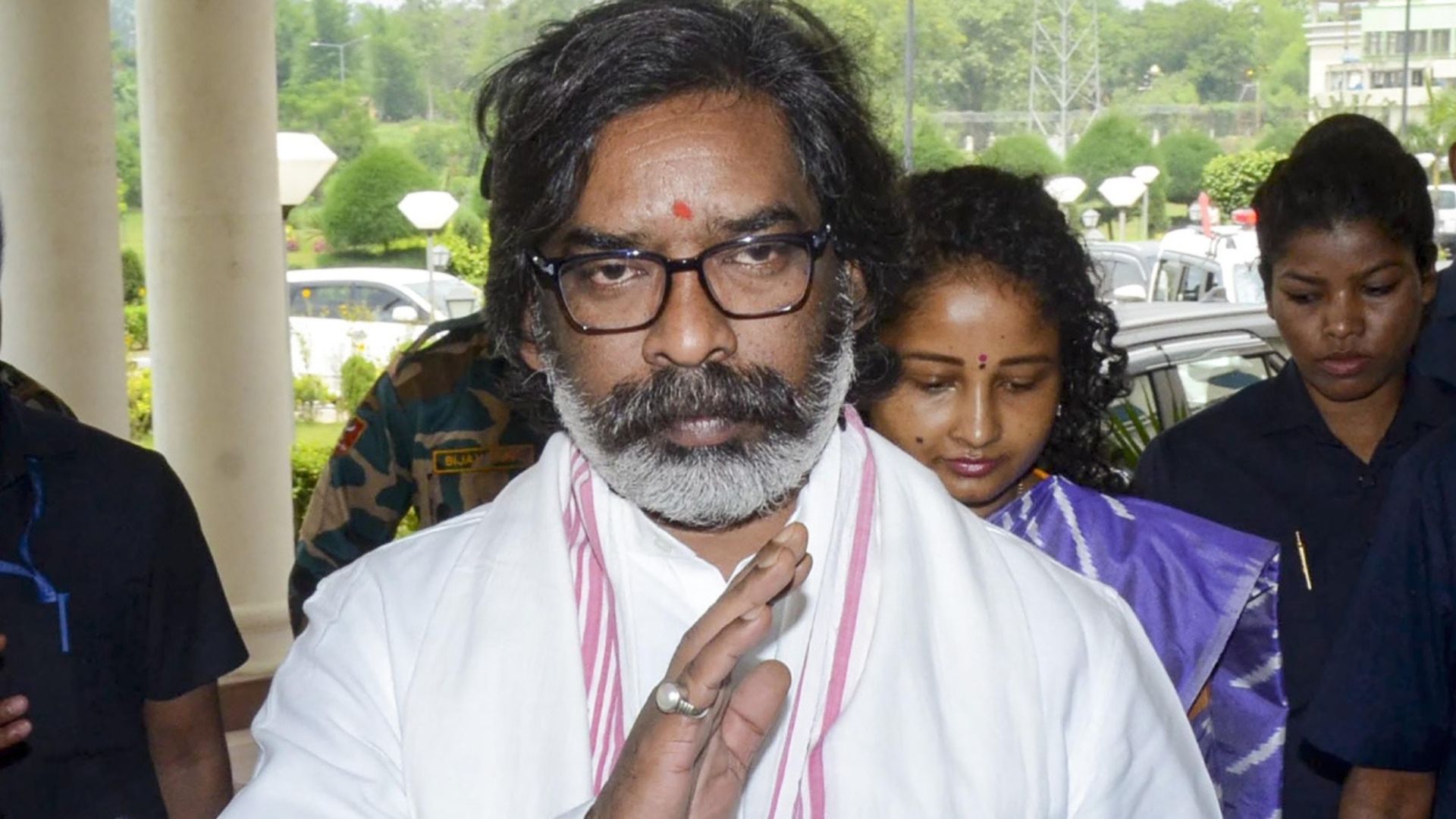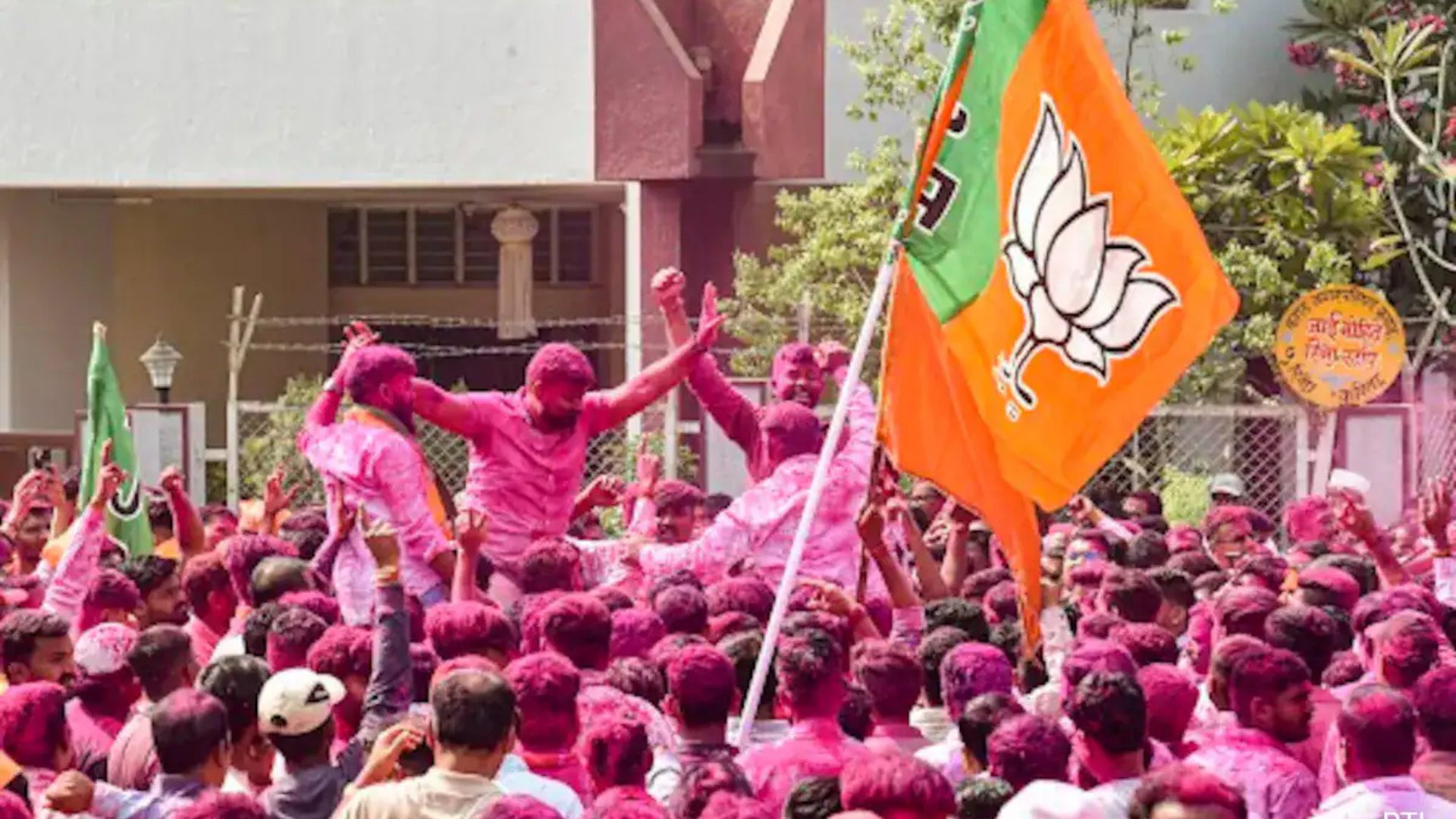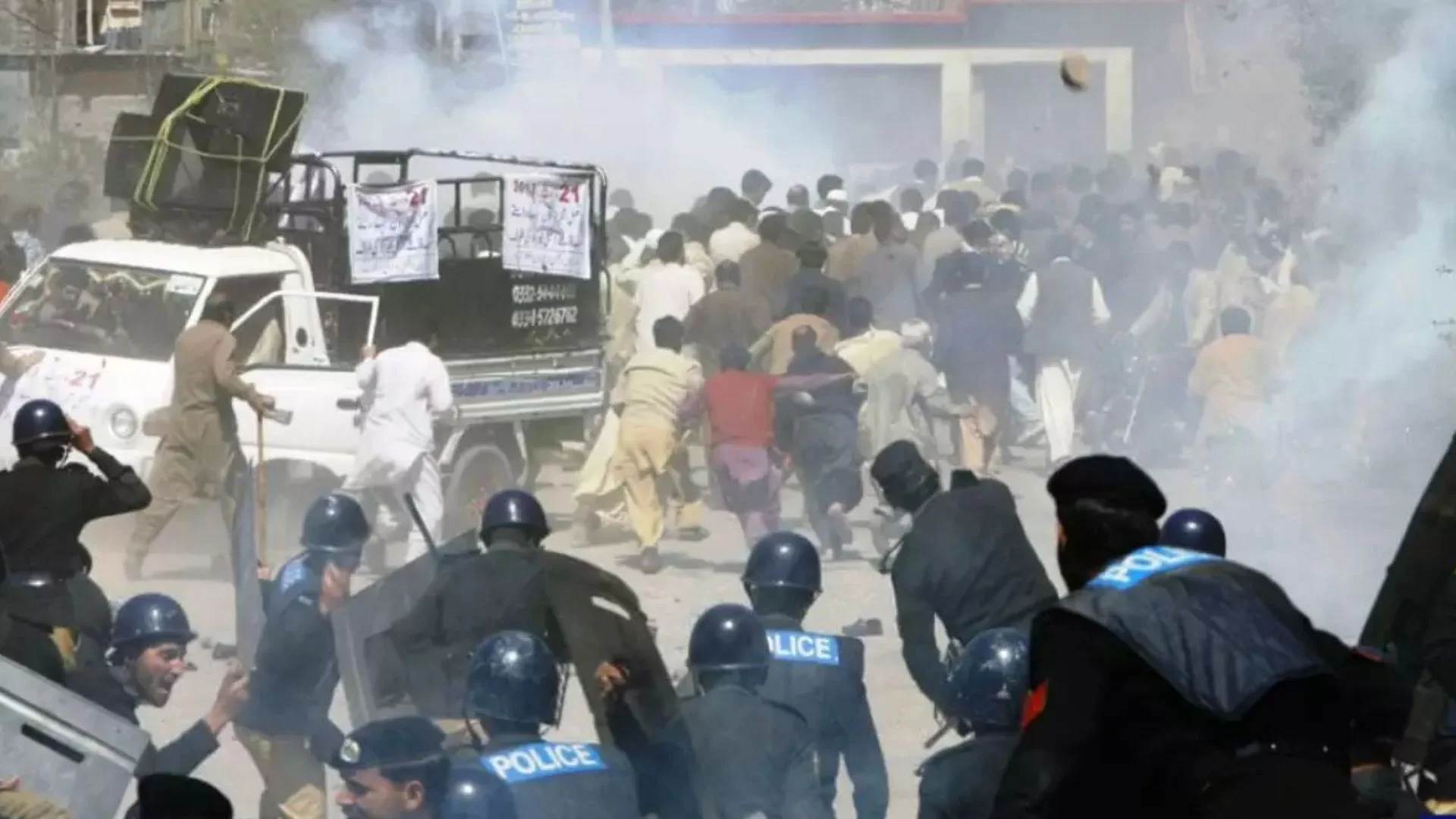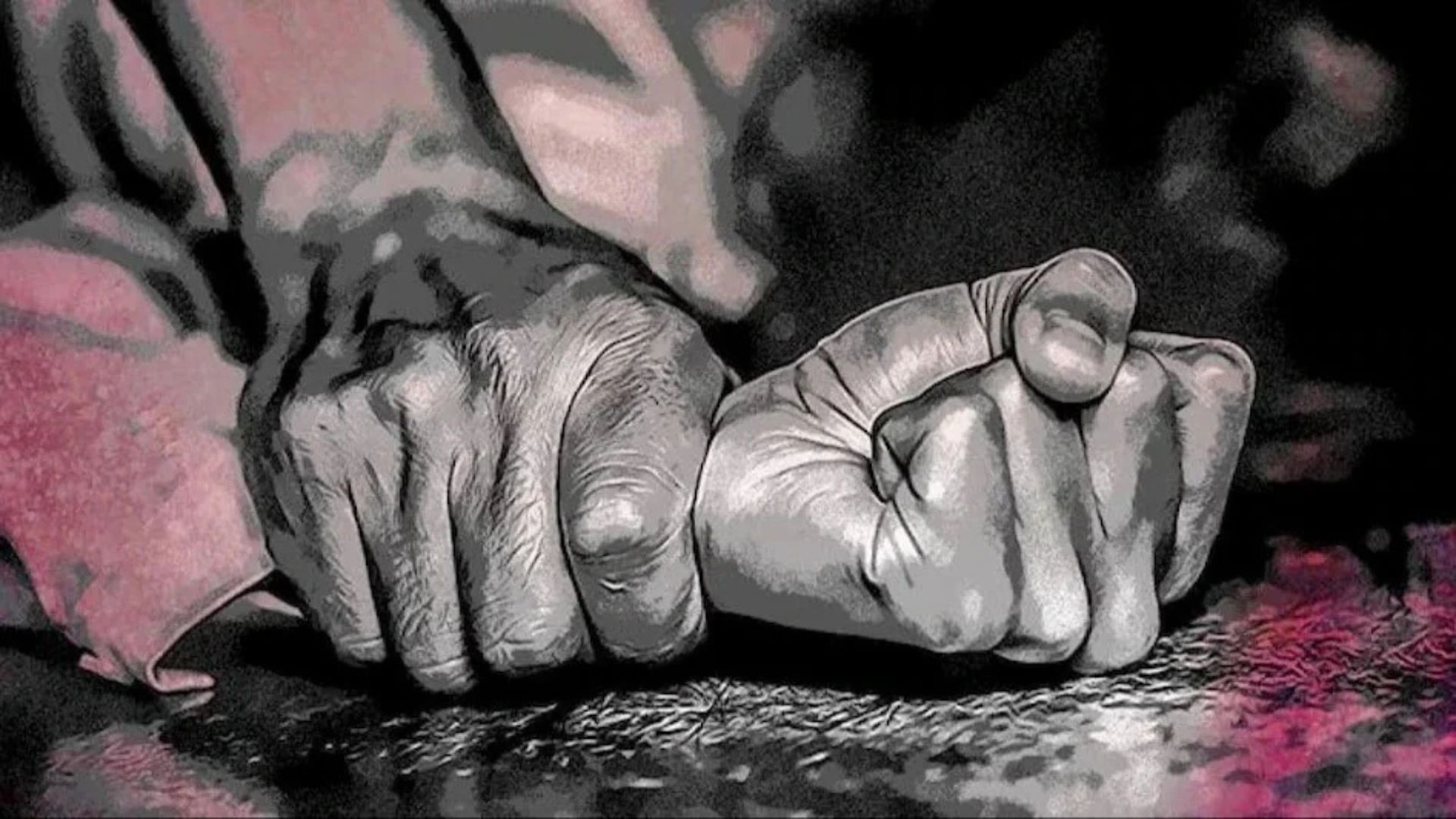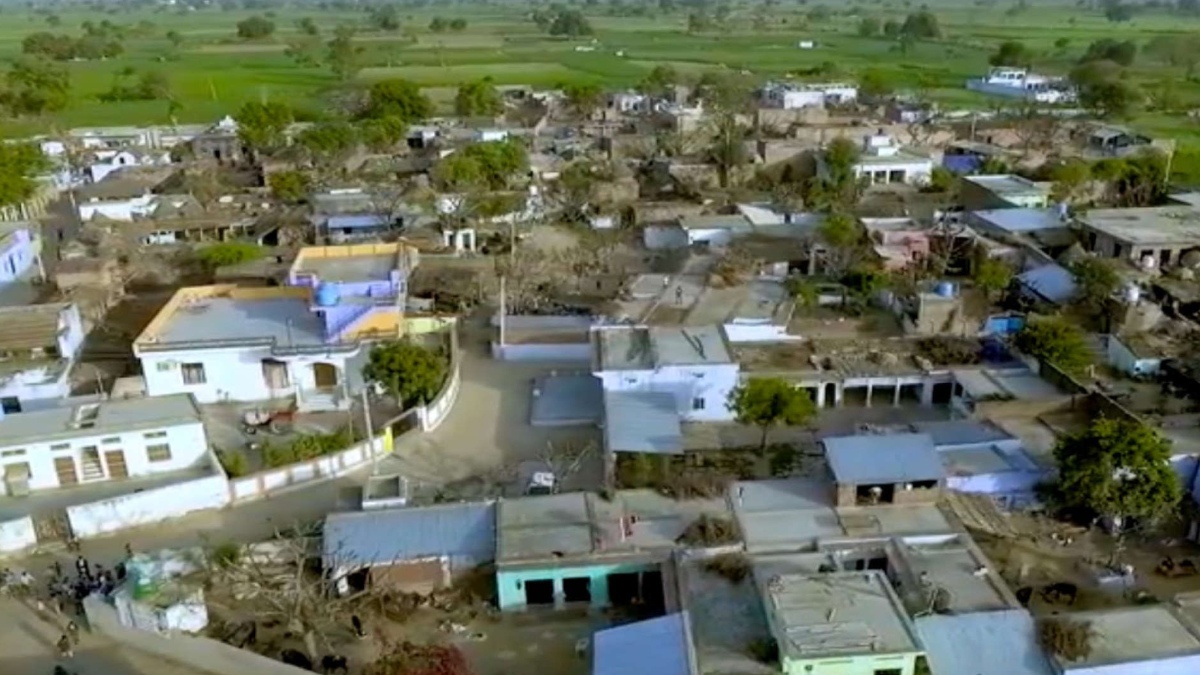
Dhanora, a small village in Rajasthan with a population of about 2800, faces problems common to almost every Indian village – lack of sanitation and waste-water drainage facilities, potable water, internal roads and sufficient power supply. It also suffered in terms of water conservation systems, power fluctuation, dearth of employment-oriented education besides the evils of unemployment, lack awareness about government schemes and programmes. Riddled with usual problems, this typical village was home to Dr. Satyapal Singh Meena, an Indian Revenue Service Officer. He had a dream as a youngster and his dream was to transform his native village Dhanora. It came true after he met Prof. Priyanand Agale of the Eco Needs Foundation. This collaboration gave birth to the concept of a smart village. The focal point of this project would be all-round human development while reducing the rapid depletion and deterioration of natural resources. The concept of development of village was to be based on five paths- Retrofitting, Redevelopment, Green fields, e-Pan and Livelihood.
One of the first tasks towards the transformation of Dhanora was holding a meeting involving all the stakeholders, namely the villagers that included women and the youth as well as the representatives of the Gram Panchayat. This meeting focused on outlining a detailed plan and strategy taking into account the aspirational goals of the villagers. To build upon the initial support, the first women-centric Panchayat was organized. While it was a rudimentary step, it aimed at motivating and encouraging women to actively participate in social change.
Subsequently, a massive awareness campaign was launched in the village through mohalla and nukkad meetings. It was an exercise to prepare mindset of the villagers for active participation in rural development and become the agents for the change. The mass awareness, active public participation and constructive support of administration is key to success. Dhanora is a wonderful example of participatory democracy where villagers’ awareness and participation decide their destiny. Constant and rigorous efforts have transformed Dhanora into India’s first Smart Village. Now, the village has modern sewage facilities with Sewage treatment plants duly maintained by the villagers themselves. Each household in the village has toilets that are connected with the sewerage line. It is probably India’s first village having such modern facility at village level. Modern common toilets have been constructed in public places like school, Aanganwadi Kendra, Community Hall, etc. The use of toilets has completely transformed the way of life of the villagers and has effectively improved the quality of life and health condition of the people, especially women and children.
The internal and connecting roads have been laid using high quality cement concrete after the removal of encroachers from the roads and widening the roads.
The voluntary contribution of the villagers has helped in the construction of a community hall-cum-information centre, that doubles as a Library and Meditation centre. Arrangements have also been made to impart computer education to the children of the village. “Utthan Coaching Institute” has been set up for promising children in and around the village to help them prepare for competitive examinations without having to travel to towns and cities. The installation of solar lights in public places has eliminated the problems faced by women and children due to darkness in the night.
Water conservation is one of the major successes of the village. Construction of one-and-a-half km long man-made canal and eight percolation ponds has been completed by removing encroachments. According to an estimate, 97.49 million litres of water is being recharged in the village land every year.
The grandiose and imposing gate erected at the entrance of the village has become a symbol of rural development. In order to construct the Gaurav Path in the village, a 10-12 feet wide road was widened to 20-25 feet. Voluntary contribution of land by the people of the village for construction of Gaurav Path is a wonderful example of public participation in development. While people are fighting for every inch of land elsewhere, the people of Dhanora village gave away land enthusiastically for the development of the village.
The village has been identified and recognized as a “Crime Free Village” by the District Police as no FIR is pending with the police station. Villagers settle their dispute at village level itself with the help of elderly members. It is also moving towards becoming an alcohol-free village.
The villagers are supporting the movement to make the village self-sustained. They have also adopted some exemplary practices like, on the occasion of a marriage or other such events, a certain amount is deposited with the ‘Village Development Committee’ for the development of the village. Upon the death of a person, a tree is planted by the family in memory of the departed soul at the village cremation ground. The movement has successfully motivated the people who migrated from the village to give back to their motherland.
Smart Village Dhanora is now synonymous with sustainability, hygiene and water conservation with equality and social harmony among people. It has become a symbol of rural development through its innovative approach of active public participation and voluntary funding. It is inspiring and motivating thousands of youths to work for their native villages and give back to their motherland. But the man who showed the way refuses to take credit, proudly saying that Smart Village Dhanora, that was conferred with “Adarsh Gram Samman” by the Prime Minister, is a cumulative effort of the district administration, Eco Needs Foundation (NGO) and active public participation.
What began as a programme dedicated to rural development in Rajasthan’s Dhanora village in May 2017 has expanded to more than 100 villages today through innovative initiative famously known as “Soch badlo, Gaon badlo” (SBGBT). The initiative is based on the principle of “pay back to society”, where they aim to bring about modest and humble, yet seminal changes, in the lives of the rural people through public participation and thus raise their standard of living. The most noteworthy part is that more than 2,000 volunteers are contributing their time and service freely without any remuneration.
Dr Satyapal Singh Meena went beyond his call of duty to transform not only the village where he came from but set up a model that is being replicated in many more villages. He made it happen on account of his belief, commitment and willingness to take all the stake holders into confidence.
Anil Swarup has served as the head of the Project Monitoring Group, which is currently under the Prime Minister’s Offic. He has also served as Secretary, Ministry of Coal and Secretary, Ministry of School Education.
